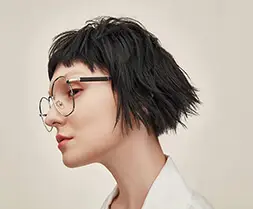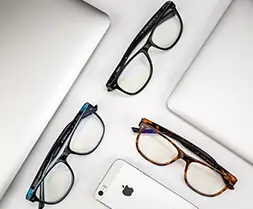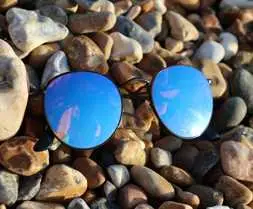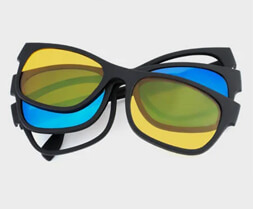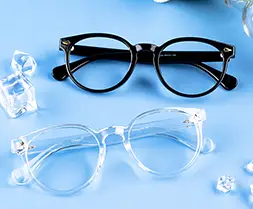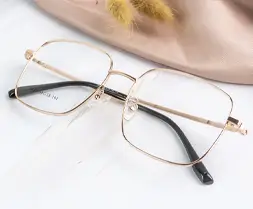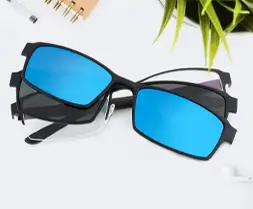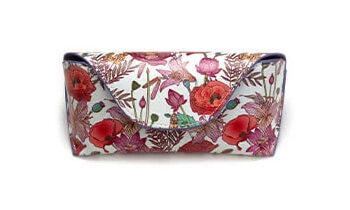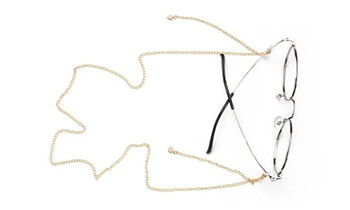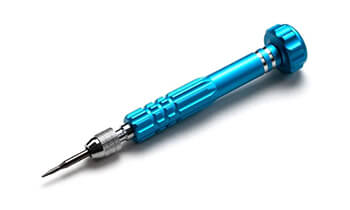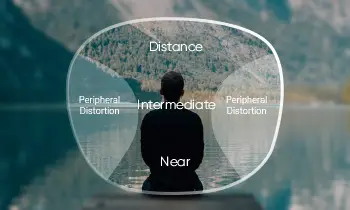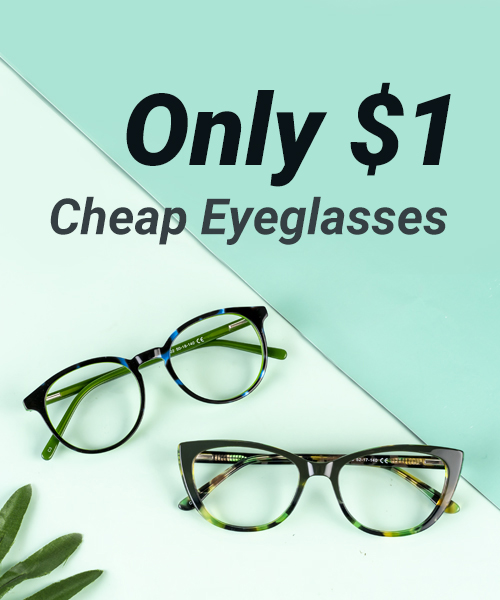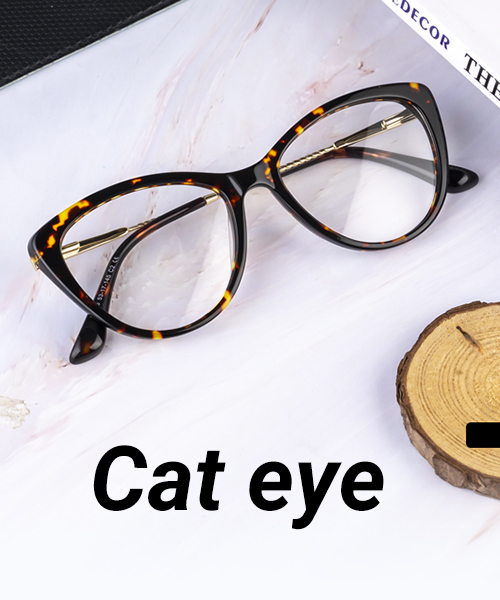Whether you're a veteran eyeglass wearer or a budding myopia sufferer, prescription eyeglasses have come strongly into your life. So, what are your considerations for eyeglasses? See clearly with accurate prescriptions? Aesthetically pleasing to enhance your appearance? Or are you a big fan of value for money? Of course, but there's more to a good pair of glasses than that.
So, how can you choose glasses to help reduce the burden on your eyes and even meet your need to wear eyeglasses?
Choose eyeglasses frames that go beyond aesthetics
Regarding eyeglasses, choosing glasses frames seems to be the least technical thing, so wouldn't it be better to choose according to preference?
In addition to appearance preferences, you also need to pay attention to the specification parameters of the frame size. Such as the width of the frame, the width of the nose bridge, and the length of the temples so that the eyeglasses can better fit the wearer's face and be more comfortable to wear.
If the eyeglasses frame size you chose is too large, it may lead to poor processing of prescription lenses. As a result, the pupil's center deviates from the lens's optical center, and the eyeglasses will produce a prismatic effect, affecting the comfort of wearing this eyeglass. If not detected in time, long-term wear may also impact eye position.
Choose prescription lenses, don't just go for ultra-thin
I'm sure anyone with prescription glasses has heard the term prescription lens index. And know that the higher the refractive index, the lighter and thinner the lenses will be, and naturally, the more expensive they will be.
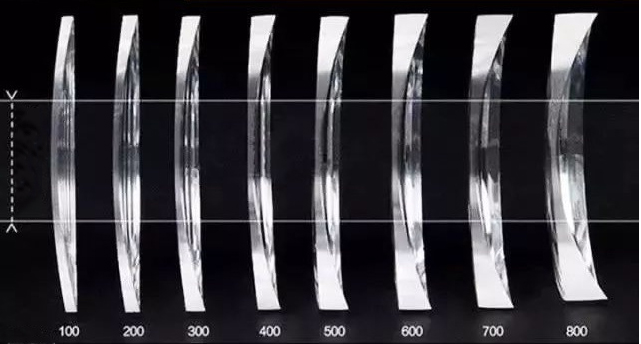
In addition to the aesthetic impact of the prescription lenses' thickness, the lenses' optical properties should be considered, such as the dispersion coefficient, also known as the Abbe number, which is low when the refractive index is high.
The higher index and thinner lenses are not always the best choices when choosing prescription lenses. The higher the refractive index will increase the lens's dispersion, affecting clarity and comfort.
Therefore, you should choose the correct refractive index according to your prescription to ensure a clear and comfortable view.
The recommendations for reference are:
- Index 1.50 or 1.56 for less than 2.00 degrees;
- Index 1.60 can be selected for 2.00 to 4.00 degrees;
- Index 1.67 can be selected for 4.00 to 8.00 degrees;
- For higher prescription, index 1.74 or glass lenses are recommended.
Another critical indicator of prescription lenses is their wear resistance. Lenses that are not wear-resistant are prone to minor scratches after a period of wear, affecting visual clarity. In turn, it is easy to cause eye fatigue, which directly affects the eyes' comfort, so choosing lenses with high wear resistance is crucial.
Matching precise eye needs, small changes bring big improvements
The above selection points to frames and lenses that can meet most people's basic needs for eyeglasses. Functional eyeglasses with different optical designs can also satisfy your eyeglasses requirements in different scenarios.
1. Office workers who often face electronic screens can choose prescription blue light blocking lenses to help block harmful blue light.
2. People who need correction for both nearsightedness and farsightedness can choose bifocal or progressive lenses, which can help relieve eye stress caused by prolonged close eye use.
3. In daily life, we also need to pay attention to the damage of UV rays to the eyes. Therefore, it is also necessary to choose lenses with UV protection to improve the protection of our eyes.


